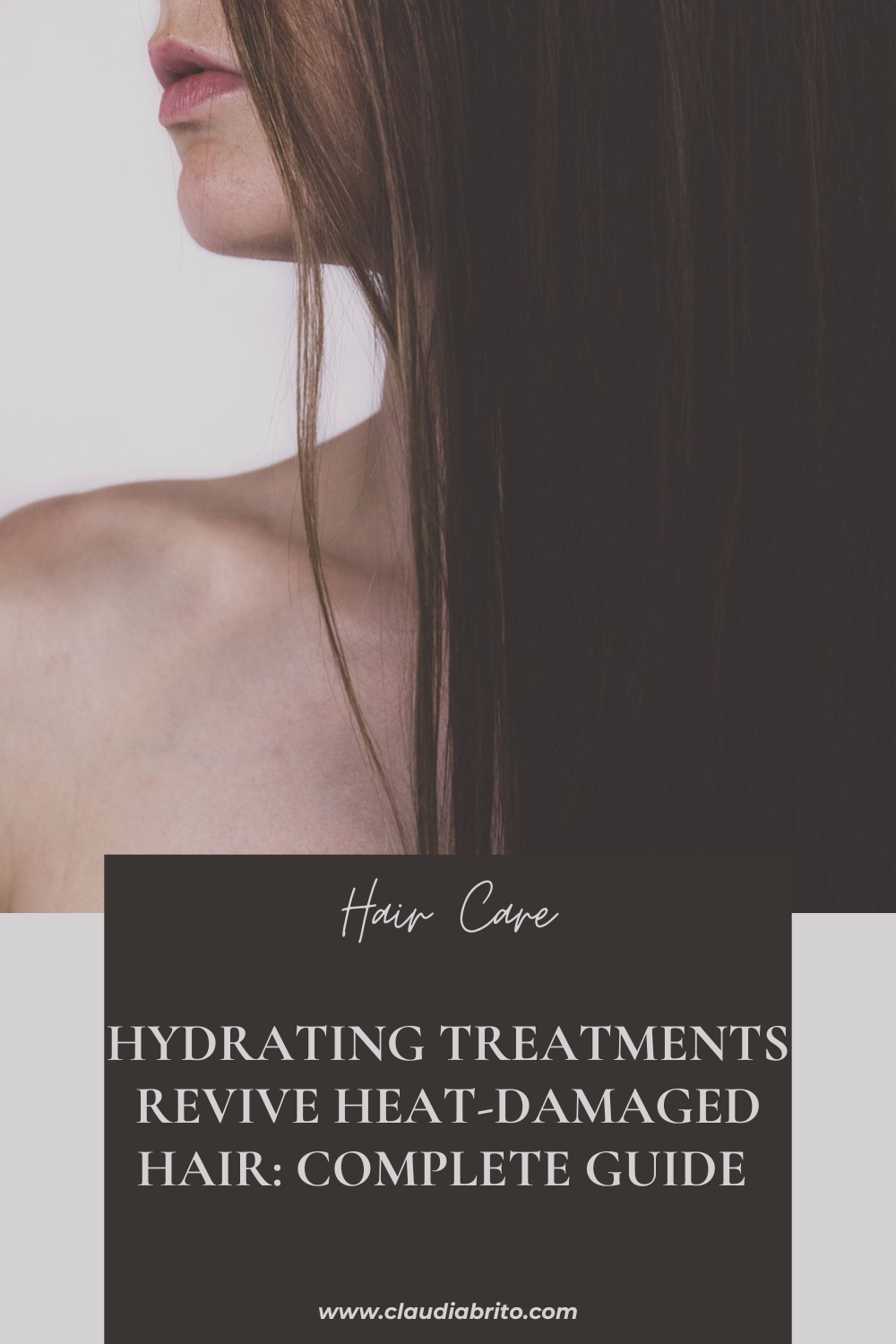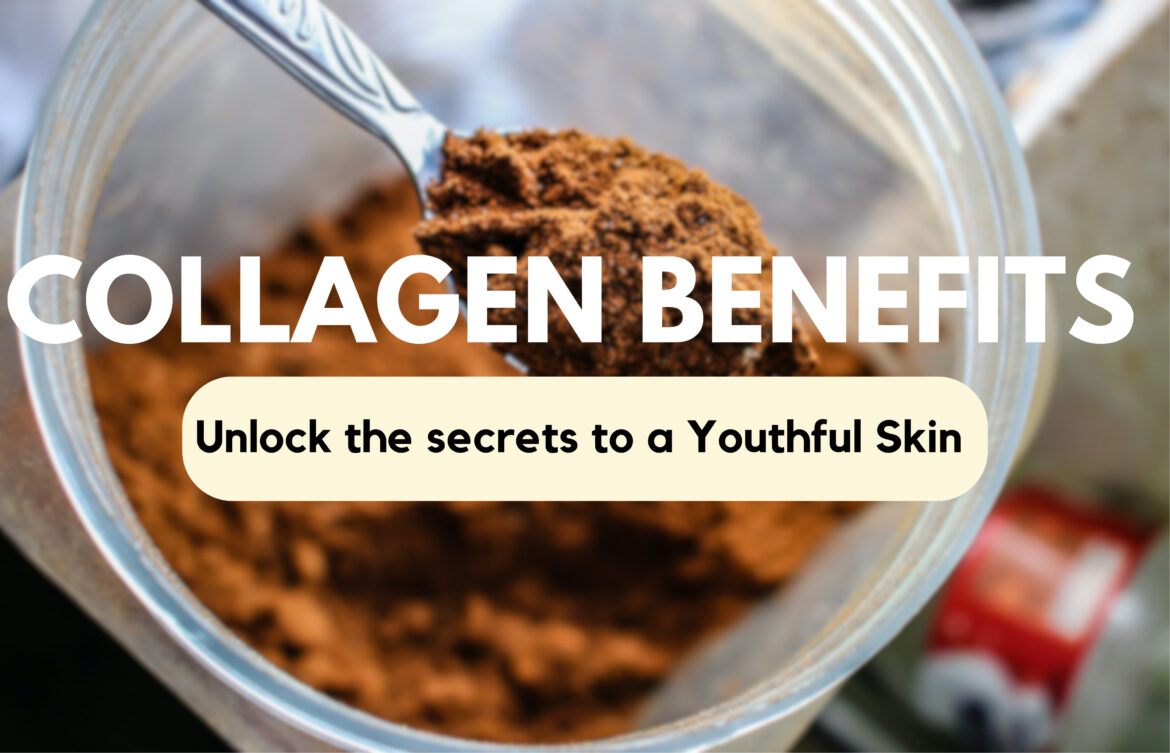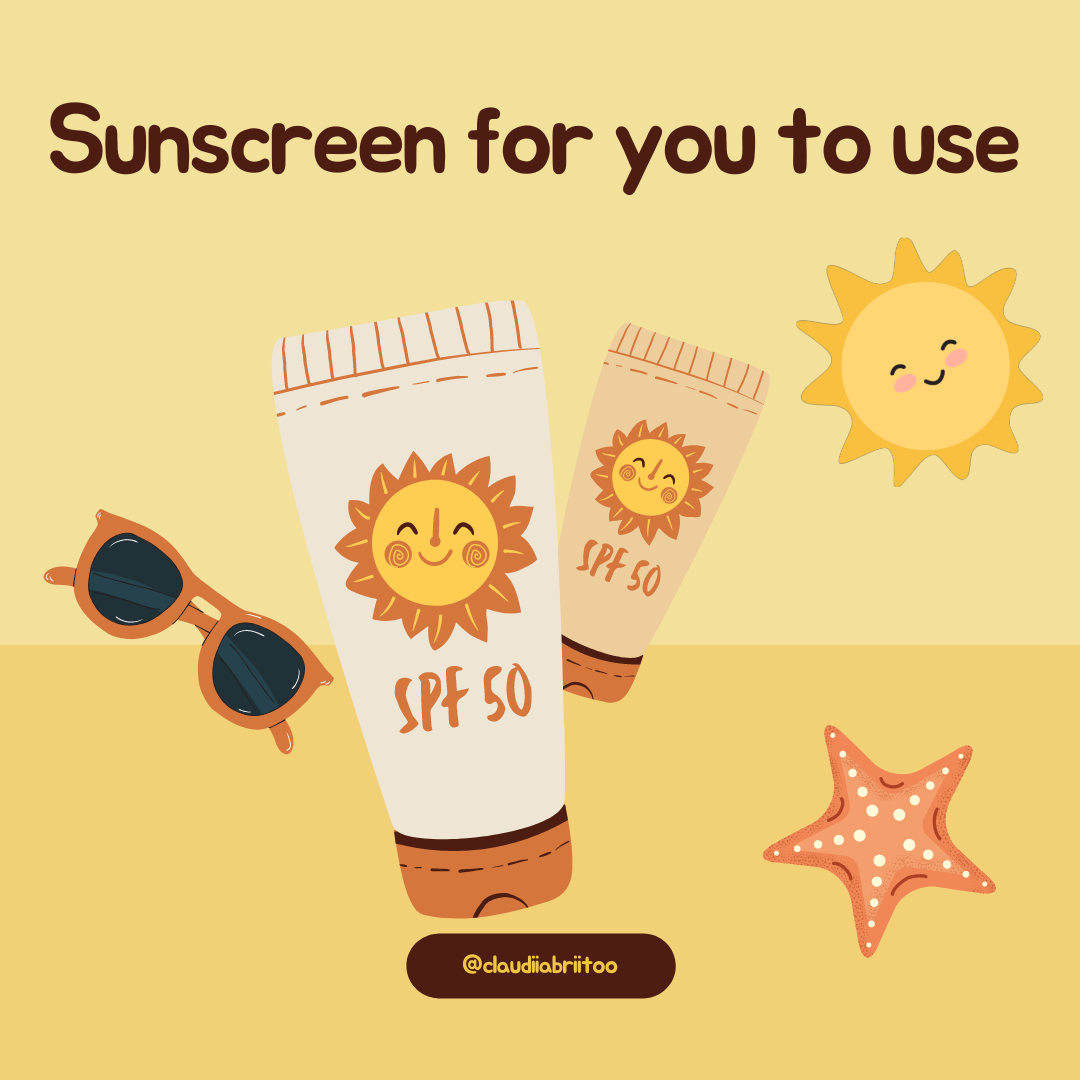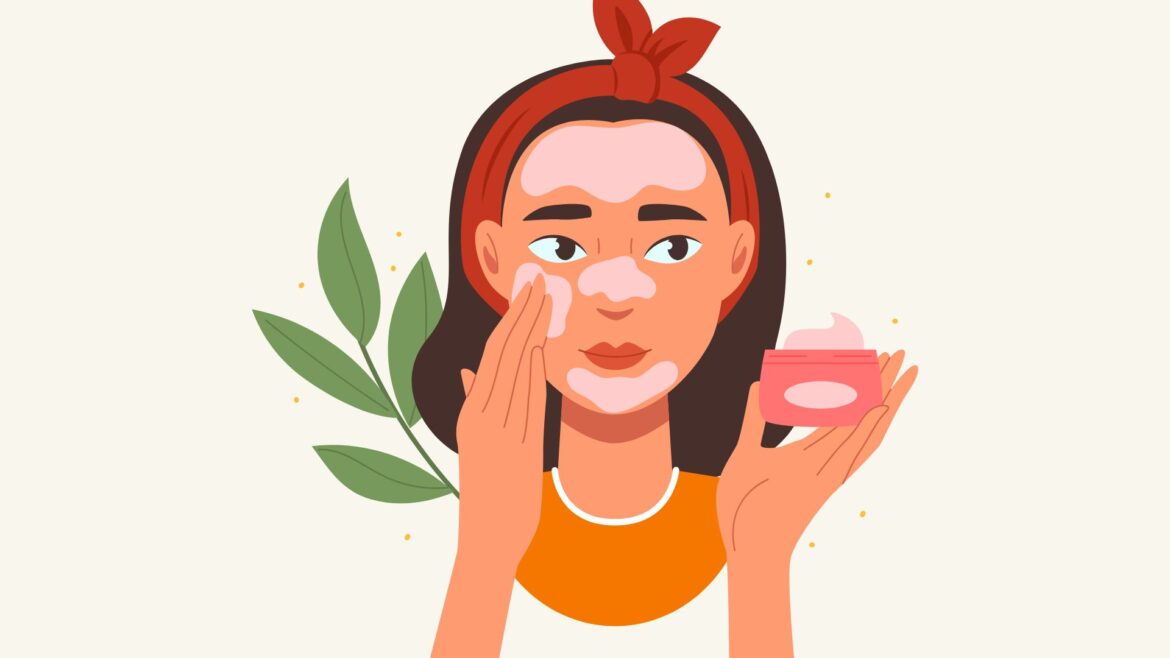Introduction
Heat styling tools like flat irons, curling wands, and blow dryers can help you achieve your desired hairstyle, but they can also wreak havoc on your hair. Heat-damaged hair often appears dry, brittle, and lacks shine. Hydrating treatments are essential for repairing and maintaining the health of hair that’s been damaged by excessive heat. In this post, we’ll explore the science behind heat damage, how hydrating treatments work, and the best practices for restoring your hair’s vitality.
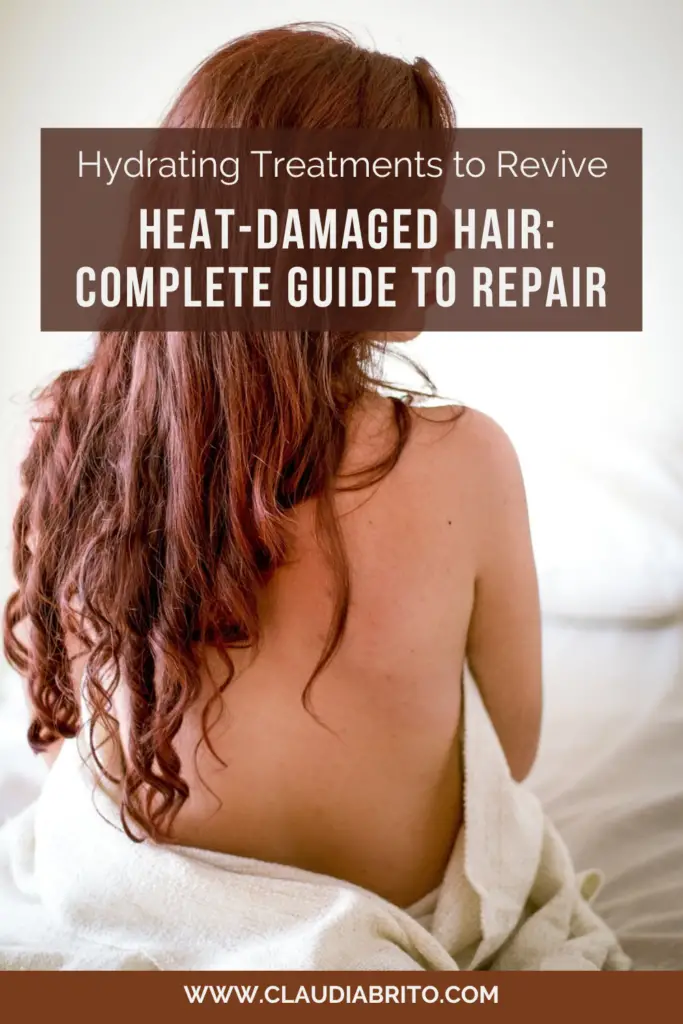
Understanding Heat Damage
Heat damage occurs when high temperatures from styling tools break down the hair’s natural protein bonds, leading to weakened hair structure. The two primary types of bonds in hair are hydrogen bonds and disulfide bonds.
When hair is exposed to high heat:
- Hydrogen bonds break, affecting the hair’s elasticity.
- The cuticle (the protective outer layer) becomes rough and porous, making the hair more susceptible to damage.
- Natural oils and moisture evaporate, leaving hair dry and prone to breakage.
- In severe cases, the disulfide bonds break down, causing permanent damage.
How Hydrating Treatments Help Heat-Damaged Hair
Hydrating treatments aim to replenish moisture, repair damage, and protect hair from future harm. Here’s how they work:
- Moisture Replenishment
Hydrating treatments restore the moisture lost during heat exposure. Ingredients like glycerin, hyaluronic acid, and panthenol (Pro-Vitamin B5) are humectants, meaning they draw moisture from the air and lock it into the hair shaft. This not only hydrates but also helps improve the hair’s elasticity and strength. - Cuticle Smoothing
Heat damage lifts the cuticle, making hair appear rough and dull. Hydrating treatments often contain ingredients such as silicones and natural oils like argan or jojoba oil, which smooth the cuticle for a shinier, sleeker appearance. - Protein Reinforcement
Some treatments incorporate hydrolyzed proteins, like keratin or wheat protein, which temporarily fill in the gaps in the hair shaft, reducing breakage. While they can’t permanently restore the hair’s original structure, they can strengthen it and prevent further damage. - Protective Barrier Formation
Hydrating treatments create a protective barrier around the hair shaft to prevent further moisture loss and environmental damage. Ingredients like silicones and natural oils help lock in hydration and form a shield against external aggressors.
Types of Hydrating Treatments for Heat-Damaged Hair

Several hydrating treatments can help repair heat-damaged hair. Here’s a breakdown of the most effective options:
- Deep Conditioning Masks
These treatments are packed with high concentrations of nourishing ingredients. They’re designed to be left on the hair for 15–30 minutes, offering intense hydration and repair. Look for masks containing shea butter, aloe vera, or silk proteins to restore moisture and smooth damaged cuticles.How to Use: Apply to clean, damp hair and leave on for the recommended time. Rinse thoroughly and use once or twice a week for best results. - Leave-in Conditioners
Lightweight but powerful, leave-in conditioners offer continuous hydration and heat protection throughout the day. These products also help detangle and smooth the hair.How to Use: After washing, apply a small amount to damp hair and style as usual. You can reapply throughout the day to maintain moisture. - Hair Oils
Natural oils like argan, jojoba, and coconut oil help seal in moisture, reduce frizz, and add shine. Coconut oil, in particular, can penetrate the hair shaft to nourish it from within.How to Use: Apply a small amount to damp or dry hair, focusing on the mid-lengths and ends. Use before heat styling for added protection. - Bond-Building Treatments
These innovative treatments help repair broken bonds in the hair caused by heat damage. They work from within the hair shaft to strengthen and rebuild hair structure.How to Use: Apply to damp hair after shampooing, and follow the product’s instructions for leave-in or rinse-out options.
Key Ingredients to Look For
When choosing hydrating treatments, look for the following key ingredients that target moisture and repair:
- Glycerin: A powerful humectant that attracts moisture to the hair.
- Aloe Vera: Moisturizes and soothes dry, damaged hair.
- Shea Butter: Rich in fatty acids, it helps soften and hydrate.
- Panthenol: Helps retain moisture and improve hair strength.
- Argan Oil: Nourishes and protects with high levels of vitamin E.
- Keratin: Strengthens hair by replenishing its natural protein structure.
- Hyaluronic Acid: Attracts and holds moisture to keep hair hydrated.
- Silk Proteins: Smooth and add shine to the hair.
How to Incorporate Hydrating Treatments into Your Routine
To get the most out of your hydrating treatments, follow these simple tips:
- Start with a Clarifying Shampoo
Once a month, use a clarifying shampoo to remove product buildup and allow your hair to absorb treatments more effectively. - Use Lukewarm Water
Hot water can strip your hair of its natural oils. Rinse your hair with lukewarm water to maintain moisture. - Focus on the Mid-Lengths and Ends
The ends of your hair are typically the most damaged. Concentrate your hydrating treatments on these areas for maximum benefit. - Avoid Overuse
While hydrating treatments are beneficial, too much product can weigh your hair down. Use treatments as directed for best results. - Limit Heat Styling
Try to minimize the use of heat styling tools. When using them, always apply a heat protectant to reduce damage.
When Hydrating Treatments Aren’t Enough
If you notice severe breakage, split ends, or hair that feels gummy when wet, hydrating treatments may not be sufficient. Here are additional steps to consider:
- Get a Trim: Cutting off the most damaged parts can prevent further breakage.
- Protein Treatments: In addition to hydration, a protein treatment can help strengthen severely damaged hair.
- Consult a Professional: A hair stylist or trichologist can recommend specialized treatments if your hair is extensively damaged.
Conclusion
Hydrating treatments are a must-have for anyone dealing with heat-damaged hair. By replenishing lost moisture, smoothing the cuticle, and strengthening the hair shaft, these treatments can bring life back to your locks. Remember that recovery takes time, so be patient and consistent with your hair care routine. Combining these treatments with heat protection strategies will help keep your hair healthy, shiny, and strong.
Table of Contents
Breaking all the myths about Relationships (and love life) + TIPS!
If you clicked on this blog post is because you also want to know about all the myths in relationships and what entails. And so did I when…
4 min read
Collagen Benefits: The Secrets to a Youthful Skin
Collagen has arisen as a popular expression that most people use. Famous people and specialists continue to promote the advantages of collagen in our skin and in our…
4 min read
81 Self-Discovery Questions to ask yourself
Do you want to embark in a journey for you to develop yourself and know more about yourself? This is the right post for you! There is literally…
4 min read
6 BEST SUNSCREENS FOR YOU TO USE!
Finding the best sunscreen for your face or your body can be challenging (especially with the fake advertisement we see nowadays; DON’T FALL FOR IT!) It doesn’t only…
4 min read
9 Best Foundations for Acne-Prone Skin
For those that have Acne-Prone Skin it is a struggle to find makeup that will not harm your skin condition. In my personal journey I struggled, so believe…
4 min read
5 SKIN CARE ingredients you need to know!
Your skin care ingredients are important if you want to have a good and effective skin routine. If you are reading this post is because you want to…
4 min read
